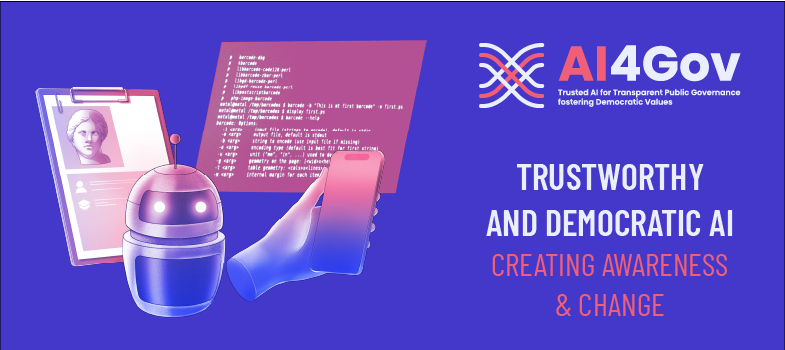Module 5: Virtualized Unbiasing Framework
Serving as a visual catalog, it facilitates exploration, comparison, and informed tool selection, thereby fostering a more effective approach to bias mitigation. Additionally, Bias Detector Toolkit is a part of VUF, where we are developing bias detection tools for specific contexts of use cases on the project, and will be presented in a later edition of MOOC.
The Virtualized Unbiasing Framework is a holistic application focused on explaining AI bias and equipping developers with an easy-to-navigate and visually organized catalog. It consists of the scrollytelling application, real life examples and the catalog of methods and tools for bias mitigation.
In Module 5, we cover:
Lesson 5.1: Scrollytelling Application
Lesson 5.2: Stages of AI Trainings
Lesson 5.3: Real Life Examples
Lesson 5.4: Catalog of Bias Detection and Mitigation Strategies
LESSON 5. 2: STAGES OF AI TRAININGS
The second section is a step-by-step presentation of bias in training a ML model. This process unfolds through several key stages. It begins with data collection, where relevant datasets are acquired to feed into the model. Following this, data preprocessing is of vital importance, focusing on the cleaning, normalization, and transformation of the raw data towards enhanced and effective learning. Feature selection follows, where meaningful attributes are chosen to enhance the model's performance and reduce complexity. Subsequently, the model training phase involves feeding the processed data into the chosen algorithm or architecture to enable it to learn patterns and relationships. The trained model is then evaluated using a separate validation set to gauge its accuracy and generalization capabilities. Once deemed satisfactory, the model proceeds to deployment, making it operational for real-world applications. Continuous monitoring and updates may follow to ensure its ongoing effectiveness, adapting to changes in data distribution or evolving problem domains. This cyclical process of data-driven learning, from collection to deployment, forms the foundation of ML model training.
